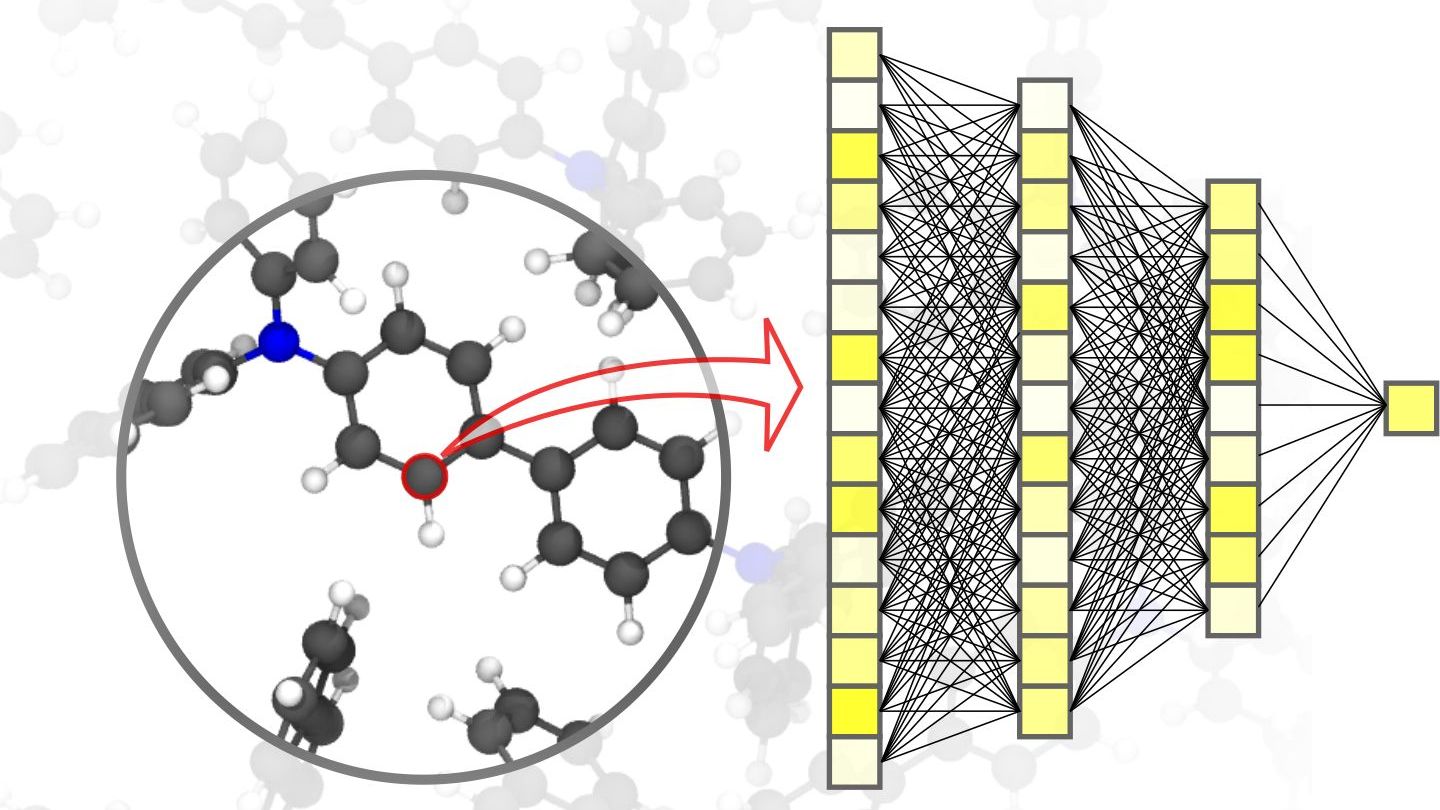
Research, development, and production of novel materials depend heavily on the availability of fast and at the same time accurate simulation methods. Machine learning, in which artificial intelligence (AI) autonomously acquires and applies new knowledge, will soon enable researchers to develop complex material systems in a purely virtual environment. How does this work, and which applications will benefit? In an article published in the Nature Materials journal, a researcher from Karlsruhe Institute of Technology (KIT) and his colleagues from Göttingen and Toronto explain it all. (DOI: 10.1038/s41563-020-0777-6)
Digitization and virtualization are becoming increasingly important in a wide range of scientific disciplines. One of these disciplines is materials science: research, development, and production of novel materials depend heavily on the availability of fast and at the same time accurate simulation methods. This, in turn, is beneficial for a wide range of different applications - from efficient energy storage systems, such as those indispensable for the use of renewable energies, to new medicines, for whose development an understanding of complex biological processes is required. AI and machine learning methods can take simulations in material sciences to the next level. "Compared to conventional simulation methods based on classical or quantum mechanical calculations, the use of neural networks specifically tailored to material simulations enables us to achieve a significant speed advantage," explains physicist and AI expert Professor Pascal Friederich, Head of the AiMat - Artificial Intelligence for Materials Sciences research group at KIT's Institute of Theoretical Informatics (ITI). "With faster simulation systems, scientists will be able to develop larger and more complex material systems in a purely virtual environment, and to understand and optimize them down to the atomic level."
High Precision from the Atom to the Material
In an article published in Nature Materials, Pascal Friederich, who is also associate group leader of the Nanomaterials by Information-Guided Design division at KIT's Institute of Nanotechnology (INT), presents, together with researchers from the University of Göttingen and the University of Toronto, an overview of the basic principles of machine learning used for simulations in material sciences. This also includes the data acquisition process and active learning methods. Machine learning algorithms not only enable artificial intelligence to process the input data, but also to find patterns and correlations in large data sets, learn from them, and make autonomous predictions and decisions. For simulations in materials science, it is important to achieve high accuracy over different time and size scales, ranging from the atom to the material, while limiting computational costs. In their article, the scientists also discuss various current applications, such as small organic molecules and large biomolecules, structurally disordered solid, liquid, and gaseous materials, as well as complex crystalline systems - for example, metal-organic frameworks that can be used for gas storage or for separation, for sensors or for catalysts.
Even More Speed with Hybrid Methods
To further extend the possibilities of material simulations in the future, the researchers from Karlsruhe, Göttingen, and Toronto suggest the development of hybrid methods: these combine machine learning (ML) and molecular mechanics (MM) methods. MM simulations use so-called force fields in order to calculate the forces acting on each individual particle and thus predict motions. As the potentials of the ML and MM methods are quite similar, a tight integration with variable transition areas is possible. These hybrid methods could significantly accelerate the simulation of large biomolecules or enzymatic reactions in the future, for example.
Original publication:
Pascal Friederich, Florian Häse, Jonny Proppe & Alán Aspuru-Guzik: Machine-learned potentials for next-generation matter simulations. Nature Materials, 2021. DOI: 10.1038/s41563-020-0777-6
Abstract at https://www.nature.com/articles/s41563-020-0777-6
More information on the AiMat research group: https://aimat.science
More details about KIT Information, Systems, Technologies Center (KCIST): https://www.kcist.kit.edu
More about KIT Materials Center: https://www.materials.kit.edu
Being "The Research University in the Helmholtz Association", KIT creates and imparts knowledge for the society and the environment. It is the objective to make significant contributions to the global challenges in the fields of energy, mobility, and information. For this, about 9,600 employees cooperate in a broad range of disciplines in natural sciences, engineering sciences, economics, and the humanities and social sciences. KIT prepares its 23,300 students for responsible tasks in society, industry, and science by offering research-based study programs. Innovation efforts at KIT build a bridge between important scientific findings and their application for the benefit of society, economic prosperity, and the preservation of our natural basis of life. KIT is one of the German universities of excellence.






